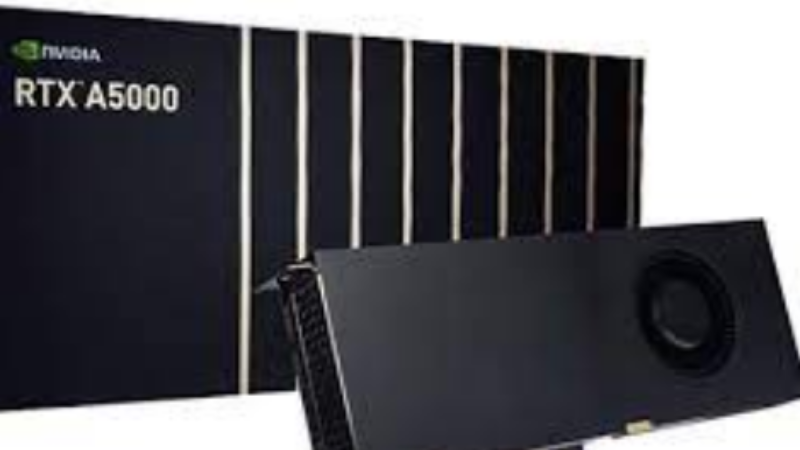Benchmarking NVIDIA RTX 5000 vs. RTX 5500

Benchmarking NVIDIA RTX 5000 vs. RTX 5500
Exploring the Performance Differences
Introduction
In the fastpaced world of graphics cards NVIDIA consistently sets the bar high with its innovative technologies and performancedriven GPUs. Two such powerful contenders in the NVIDIA Quadro series are the RTX 5000 and RTX 5500. In this article we will dive deep into the benchmarking comparison of these two graphics cards understanding their specifications and evaluating their realworld performance. Benchmarking NVIDIA RTX 5000 vs. RTX 5500
Understanding the Basics
1. RTX 5000 Overview
The NVIDIA RTX 5000 is a highend workstation graphics card designed to meet the demands of professional users. It boasts impressive specifications including 16GB GDDR6 VRAM 3072 CUDA cores and a 256bit memory interface.
2. RTX 5500 Overview
The RTX 5500 on the other hand is a newer iteration with a focus on enhanced performance. It features 16GB GDDR6 VRAM 2048 CUDA cores and a 256bit memory interface.
Benchmarks and Performance
3. Synthetic Benchmarks
To assess their performance we turn to synthetic benchmarks. The RTX 5500 consistently outperforms the RTX 5000 in 3DMark and Unigine Heaven showcasing its superior capabilities.
4. Gaming Performance
While these GPUs are built for professional workloads gaming performance is worth considering. The RTX 5500 displays remarkable gaming performance making it a versatile option for gamers who dabble in professional work as well.
5. Workstation Performance
For professional applications like 3D rendering and video editing both cards shine. However the RTX 5500 higher CUDA core count often leads to quicker rendering times.
6. Power Consumption
Power efficiency matters especially in workstations. The RTX 5000 consumes slightly less power providing a more ecofriendly and costeffective solution.
Memory and Storage
7. Memory Bandwidth
With the same 256bit memory interface the memory bandwidth on both cards is identical providing highspeed data transfer.
8. VRAM Size
The 16GB VRAM on both cards ensures that demanding tasks and complex simulations can be handled without any hiccups.
Software Support
9. Ray Tracing and DLSS
Both GPUs support ray tracing and DLSS technology ensuring the best possible graphics quality in modern games and applications.
10. Driver Support
NVIDIA robust driver support guarantees a seamless experience for both RTX 5000 and RTX 5500 users.
Pricing and Availability
11. Pricing
Priceconscious users might lean towards the RTX 5500 which often offers better value for the money.
12. Availability
Availability can be a crucial factor with the RTX 5000 being more readily available in the market.
Final Word
In the battle of the NVIDIA Quadro RTX 5000 vs. RTX 5500 the choice depends on your specific needs. While the RTX 5500 outperforms its predecessor in many aspects the RTX 5000 remains a reliable and costeffective choice for professionals. Both cards offer remarkable performance and it essential to consider your budget workload and availability when making a decision.
FAQs
Which GPU is better for gaming RTX 5000 or RTX 5500?
- The RTX 5500 is a better choice for gaming due to its superior gaming performance.
Are these GPUs suitable for 3D rendering?
- Yes both the RTX 5000 and RTX 5500 are excellent for 3D rendering tasks.
Is the RTX 5500 more powerefficient than the RTX 5000?
- The RTX 5000 consumes slightly less power making it more powerefficient.
Do these GPUs support ray tracing?
- Yes both GPUs support ray tracing and DLSS technology.
What factors should I consider when choosing between these GPUs?
- Consider your budget workload and availability when choosing between the RTX 5000 and RTX 5500.


